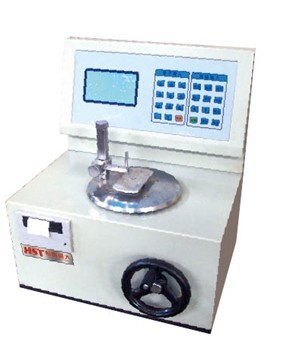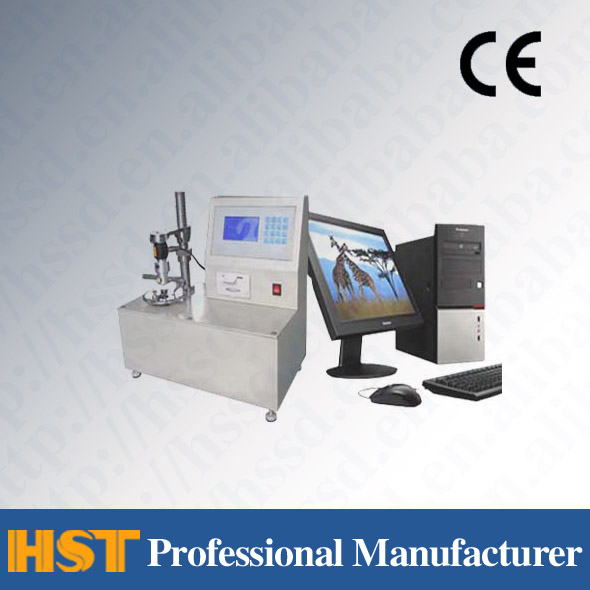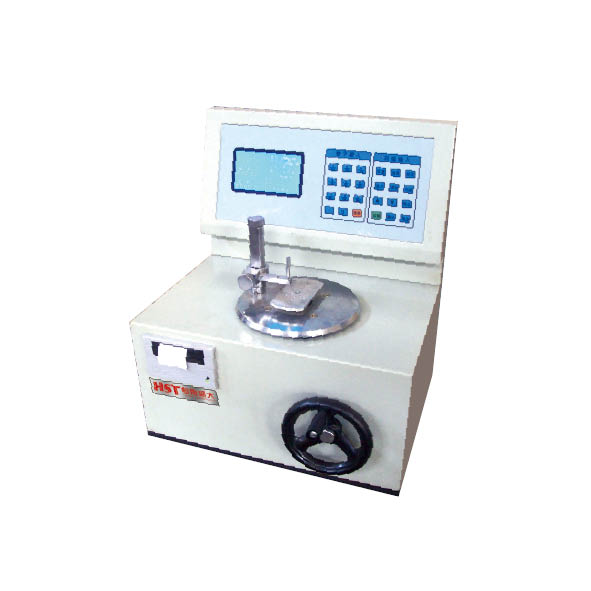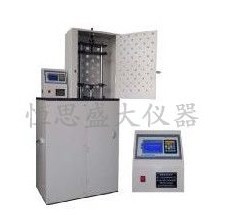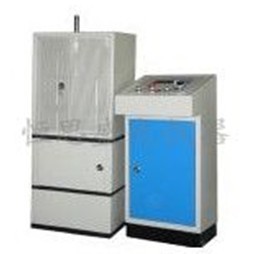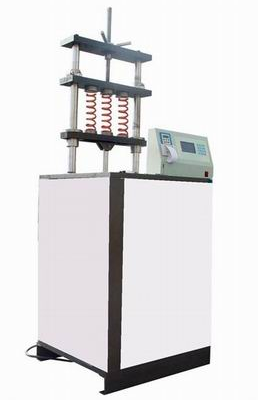Company News
3 aspects to know when purchasing a test machine
Release time:2018-11-23 source:Jinan Hengsi Shanda Instrument Co., Ltd. Browse:
In life, you will know what you buy first.Testing machineThe same is true. The following is a summary of what the test machine should know from the customer's perspective before purchasing it.
1. Tensile test
Tensile test (stress-strain test) generally involves clamping the two ends of the material sample on two fixtures at a certain distance, and the two fixtures separate and tensile the sample at a certain speed to measure the stress changes on the sample until the sample is damaged.
Tensile test is one of the widely used methods to study the mechanical strength of materials, and a tensile test machine with constant speed movement is required. According to the different load measurement methods, tensile testing machines can be roughly divided into two categories: pendulum tensile testing machines and electronic tensile testing machines. Currently, the most commonly used electronic tensile testing machines are used.
2. ElectronicsTension testerSelect metrics
Since the flexible packaging materials are mainly polymers or related materials, as mentioned above, the elongation of polymer materials is much better than that of metals, fibers, wood, boards and other materials, the tensile machine for detecting polymer polymers is different from the tensile performance detection tensile machine of the usual material. It is especially important to pay attention to the effective stroke of the electronic tensile machine and the sample fixture.
2.1 Valid itinerary
When conducting tensile tests, although the size of the sample used is small, the elongation of the material is generally relatively high. Therefore, it is necessary to use an electronic tensioning machine with a large stroke to detect the tensile performance of flexible packaging materials. Otherwise, the operation of the fixture may exceed the stroke limit and cause damage to the equipment.
It should be noted that in the calculation of elongation, we only collect the elongation between the two markers on the sample. The markings are drawn on the prepared specimen through printing or manual methods (the addition of markings should have no effect on the specimen), and what is the distance between the markings? Most of the distance given by different standards have certain differences, and different sample sizes are often given for different materials in the same standard, so the distance between the markings is also different. However, this is conducive to detecting materials with very large or very small elongation and obtaining accurate test results. For plastic films, the distance between the markings is usually between 25 and 50 mm.
Since the sample is deformed and elongated in the tensile test is not only within the markings, any sample between the two fixtures will be tensile deformation to varying degrees. In the standard, the initial distance between the fixtures corresponding to the marking distance is within 80-115 mm. If the samples between the two fixtures can maintain the same elongation and assume that it is 500%, the effective stroke of the tensioner must be 480-690 mm. If it is a sample with an elongation of 1000%, thenTension testerThe effective stroke is at least 880mm to ensure the normal progress of the test.
3. Tensile properties of polymers
When used as a material, polymers are required to have the necessary mechanical properties. It can be said that for most applications of polymers, mechanical properties are more important than other physical properties.
Polymer polymers have mechanical properties with a wide range of variability in all known materials, because polymers are composed of long chain molecules and molecular motion has obvious relaxation properties. For example, polymer materials have a very high elongation, and the elongation of breakage of PE is generally between 90% and 950% (of which linear low-density polyethylene LLDPE is relatively high). Through special production processes, the elongation of some materials can be above 1000%, while the elongation of breakage of ordinary polymer materials is mostly between 50% and 100%. Generally, heat shrink films and stretch films require high tensile properties of materials.
- Previous article:Main functions of electro-hydraulic servo testing machine software
- Next article:Universal testing machine adjustment process


















